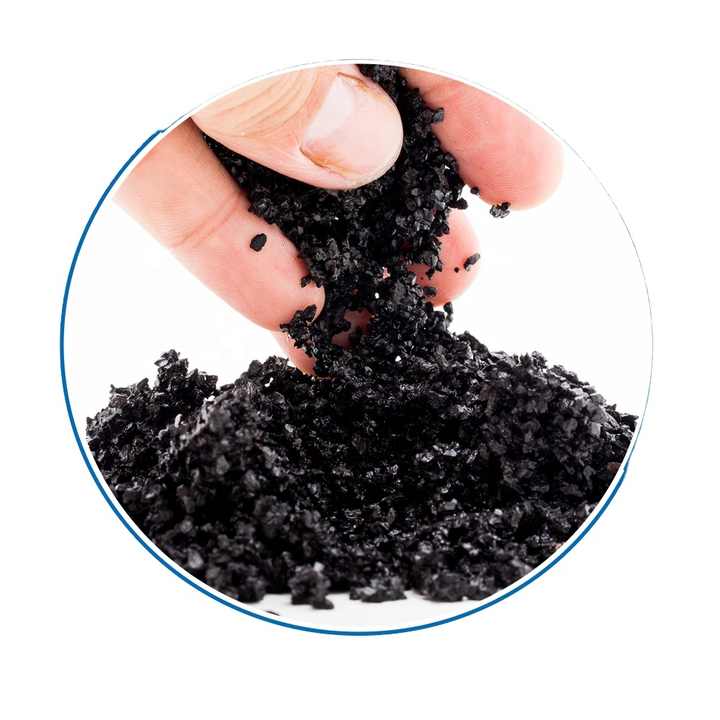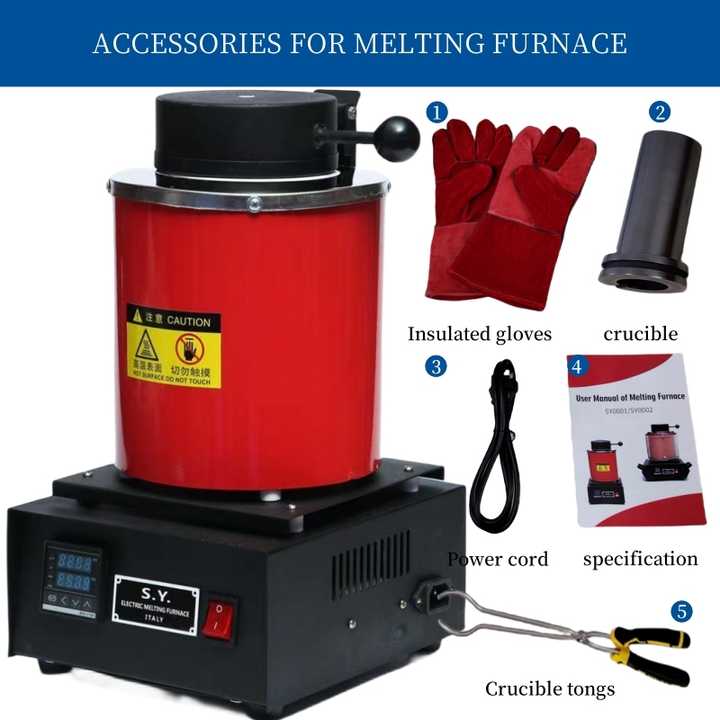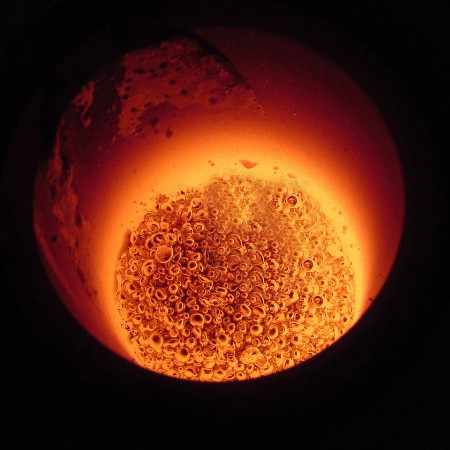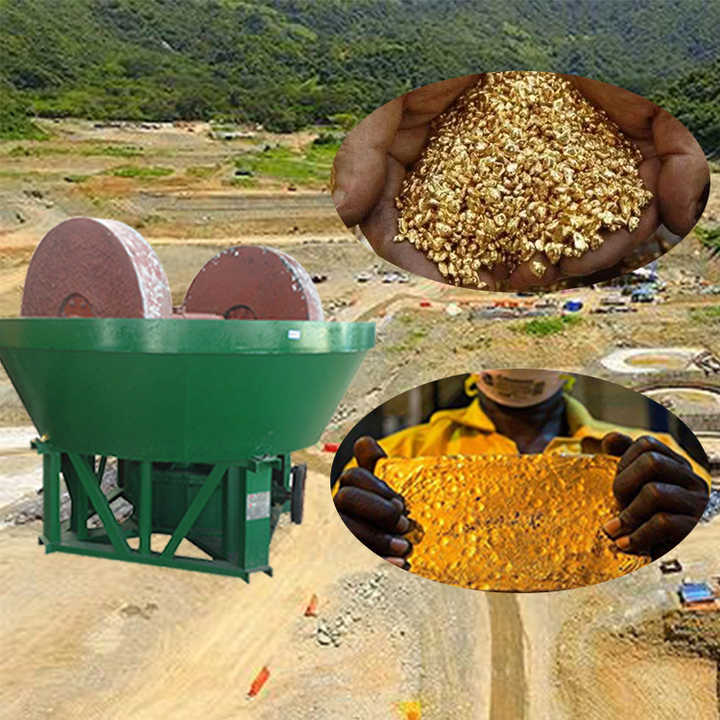smelting gold from black sand

Smelting Gold from Black Sand A Comprehensive Guide
Smelting gold from black sand is a specialized process in the gold refining industry. Black sand, which often contains small quantities of gold along with other minerals, can be a challenging material to process. This article provides an in-depth look at the smelting process for gold from black sand, including key steps, benefits, and considerations.
Understanding Black Sand
Black sand is a heavy, dark-colored sand that often contains a mix of minerals, including magnetite, ilmenite, and sometimes gold. It is commonly found in areas with high gold concentrations, such as riverbeds and beach deposits. The gold in black sand is typically in very fine particles, requiring a specific approach to extract and refine it effectively.

The Smelting Process for Gold from Black Sand
1. Preparation of Black Sand
Before smelting, black sand must be properly prepared to ensure an efficient process:
- Concentration: The black sand is concentrated to increase the proportion of gold relative to other materials. This can be achieved through methods such as gravity separation, magnetic separation, or flotation.
- Drying: Ensuring the black sand is completely dry before smelting helps prevent moisture-related issues during the smelting process.
2. Mixing with Flux
The prepared black sand is then mixed with flux materials to aid in the smelting process:
- Flux Materials: Fluxes such as borax, soda ash, or silica are added to the black sand. These fluxes help to separate impurities from the gold during smelting by forming a slag that can be removed.
- Ratio: The amount of flux used is typically determined based on the composition of the black sand and the desired outcome of the smelting process.
3. Loading the Furnace
The mixture of black sand and flux is loaded into a smelting furnace:
- Furnace Selection: A suitable furnace for smelting gold from black sand could be a propane furnace, electric furnace, or other high-temperature melting equipment.
- Fuel: Depending on the furnace type, appropriate fuels or energy sources are used to reach the high temperatures necessary for smelting.
4. Smelting Process
The core of the smelting process involves several key steps:
- Heating: The furnace is heated to temperatures between 1,000°C and 1,500°C (1,800°F to 2,700°F). The black sand and flux mixture is introduced into the furnace.
- Melting: As the temperature increases, the black sand and flux materials melt. Gold, being denser, sinks to the bottom of the furnace, while impurities and slag rise to the top.
- Separation: The molten gold is collected from the bottom of the furnace, while the slag is removed from the surface.
5. Post-Smelting Treatment
After smelting, the gold undergoes several additional steps:
- Cooling and Solidifying: The molten gold is poured into molds to solidify into gold bars or ingots. Once cooled, the gold is inspected for quality and purity.
- Refining: Further refining may be required to achieve the desired level of purity. This can involve additional chemical treatments or electrolytic processes.
Benefits of Smelting Gold from Black Sand
Smelting gold from black sand offers several advantages:
- Efficiency: Smelting is an effective method for processing black sand and recovering gold.
- Value Recovery: The process allows for the extraction of valuable gold from otherwise challenging materials.
- High Purity: Proper smelting techniques can produce high-purity gold from black sand.
Considerations and Challenges
Smelting gold from black sand also presents some challenges:
- Handling Fine Particles: Gold particles in black sand are often very fine and can be difficult to handle. Proper techniques and equipment are needed to ensure effective processing.
- Energy Consumption: High temperatures are required for smelting, which can result in significant energy consumption and associated costs.
- Environmental Impact: The smelting process generates emissions and waste that must be managed to minimize environmental impact.
Smelting gold from black sand is a specialized process that involves preparing the black sand, mixing it with flux materials, and using a furnace to extract and purify the gold. Despite the challenges associated with handling fine particles and the energy requirements, smelting remains a highly effective method for recovering valuable gold from black sand. Understanding the smelting process for gold from black sand is crucial for achieving optimal results and maintaining high standards in gold refining.















